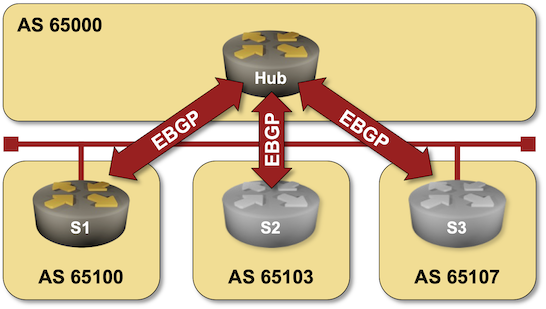0
With Cloudflare’s victory against patent trolls Sable IP and Sable Networks in the books, it’s time to close out the case’s Project Jengo competition.
In our last update, we talked about the conclusion of Sable’s 3+ year campaign to extort a payment from Cloudflare based on meritless patent infringement claims. After Cloudflare’s victory at trial in February 2024, Sable finally — and fully — capitulated, agreeing to: (1) pay Cloudflare $225,000, (2) grant Cloudflare a royalty-free license to Sable’s entire patent portfolio, and (3) dedicate all of Sable’s patents to the public.
With the fight against Sable ended, we announced the Conclusion of the Case under the Project Jengo Sable Rules. Now that the Grace Period has passed, we are pleased to announce the final winners of Project Jengo for the Sable case!
Read on for background on the case, details on the Project Jengo final winners, and other patent troll-related updates.
For anyone unfamiliar with the Sable case, the story can be traced back all the way to 2006, when patent troll Sable bought patents from a company going out of business. In 2021, fifteen years after buying the patents, Sable filed suit Continue reading
